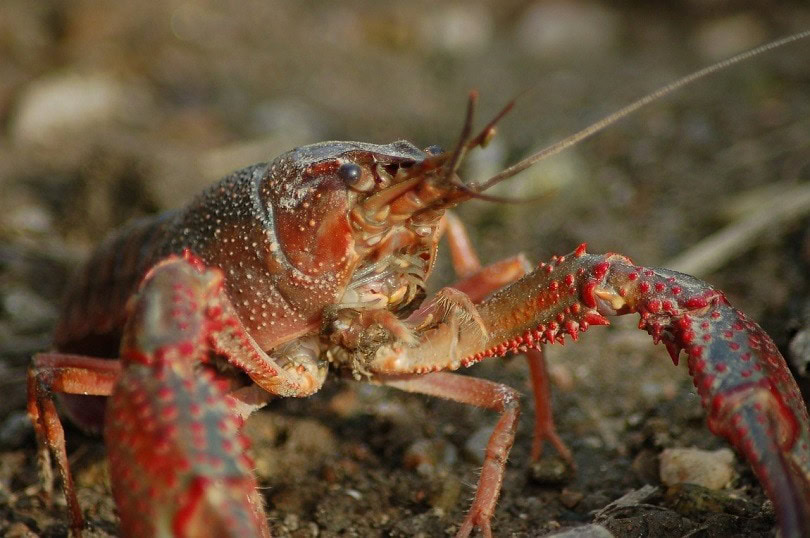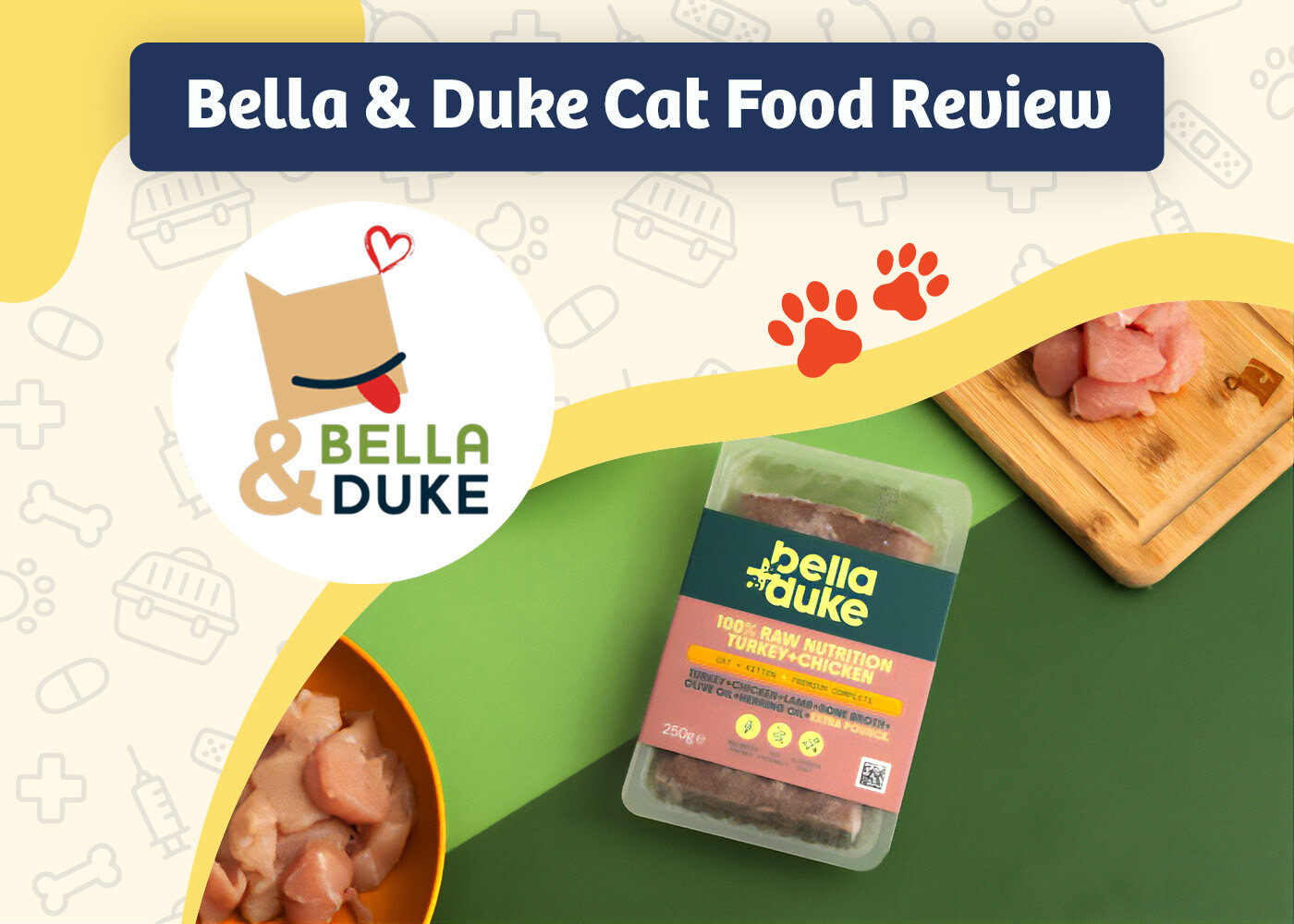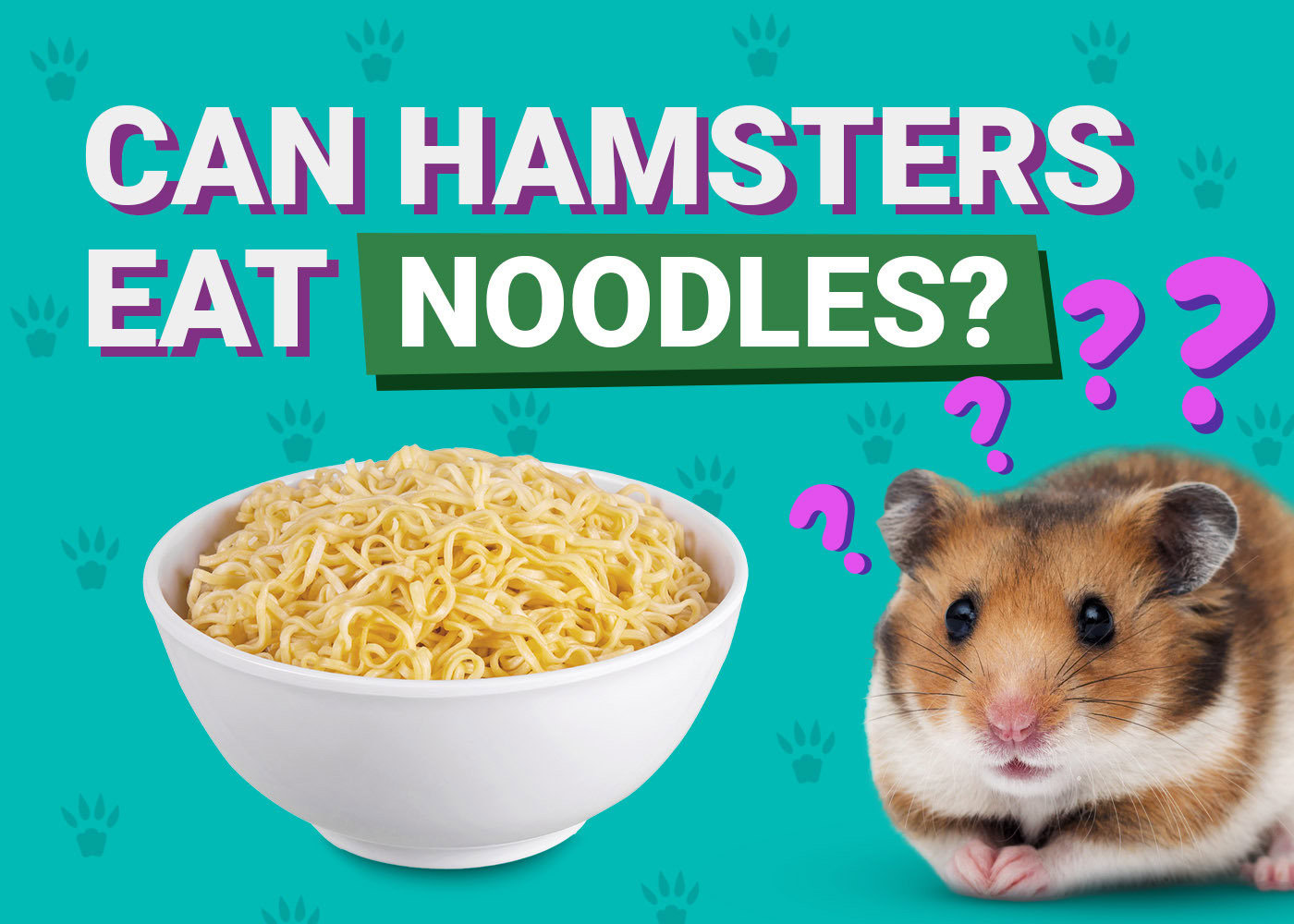Click to Skip Ahead
Crayfish are small crustaceans that look like mini lobsters. They live in fresh water and can be found living in streams, ponds, and marshes. They are great burrowers, which is why they prefer waters that are not brackish. Crayfish are considered delicious food by people throughout the world. However, they are also thought of as beloved pets by many households.
Also called crawfish and crawdads in some areas of the United States, this crustacean is an omnivore and maintains a varied diet of both meat and plant food. Crayfish have slightly different diets in the wild than they do in captivity. Here is everything you need to know about what crayfish eat both in the wild and as pets.

What Crayfish Eat in the Wild
In the wild, crayfish eat pretty much whatever they come across. Crayfish eat live and dead animals including fish and shrimp, plankton, algae, and even worms and insects. Crayfish also eat plant matter that gets into their water source and decomposes, such as grass, weeds, and tree leaves. The bottom line is that they are not picky when it comes to satisfying their hunger for nutrients.
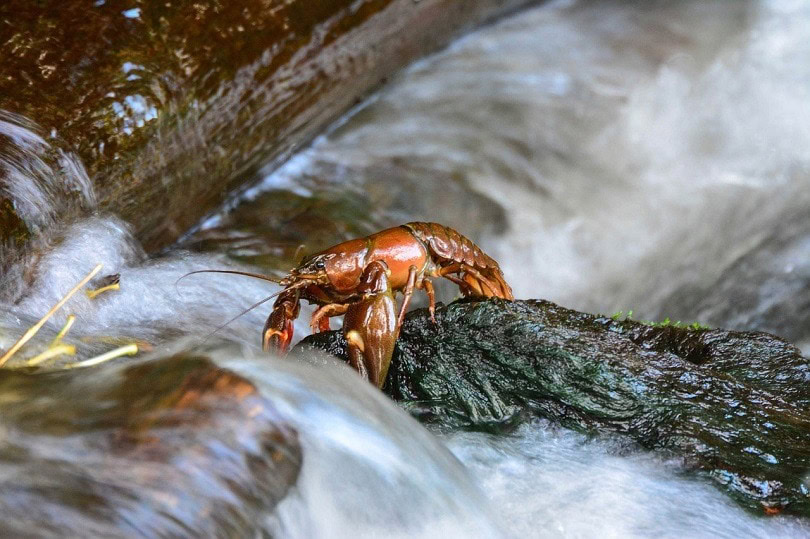
What Do Crayfish Eat as Pets
Crayfish can eat just about anything, so it is easy to feed them as pets. There is no need to go fishing or to scour ponds for decomposing plant matter to feed a pet crayfish. Commercial sinkable pellets are available that include things such as kelp, algae, and fish like salmon that can be used as the main part of a crayfish’s diet. Frozen peas, carrots chunks, zucchini slices, broccoli stems, and plants like java moss can also be added.
These crustaceans will try to eat any fish that you put in the tank with it, so live fish feeding is a possibility for pet owners who are serious about natural feeding methods. However, crayfish do not need much protein, so a diet free of fish is suitable for them if they are eating commercial pellets as their main source of nutrients.

Feeding Crayfish at Different Stages of Life
Crayfish of all ages typically hide under rocks and in caves during daylight hours and come out at night to feed, so owners should provide them with food before their own bedtime. Younger crayfish tend to feed more aggressively than their fully grown counterparts, preferring protein-rich options over plant-based foods. As they get older, they start taking more of an interest in plant foods and eventually focus on the plants while eating little protein from animal sources.
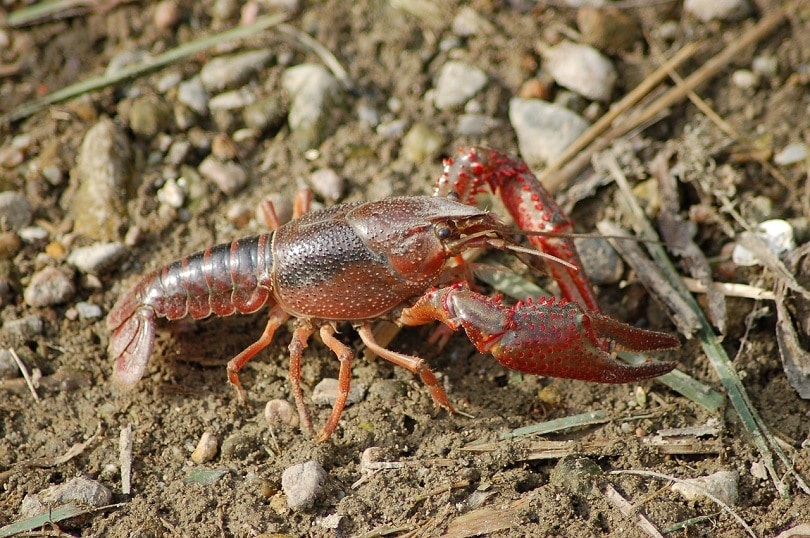
Therefore, a young crayfish needs to be fed more pellets and fewer vegetables than adult crayfish. As their feeding intensity changes, so can their ratio of pellets and protein to whole plant foods. The types of vegetables they are fed should be varied to ensure that a pet crayfish gets all the vitamins, minerals, and antioxidants they need.
Tips for Properly Feeding Crayfish
Crayfish have sharp claws that can injure a human’s skin when pinched. Therefore, smaller pieces of food should be dropped into the freshwater tank from above to ensure that fingers do not come into contact with the crustacean’s claws. Longer foods, like carrot sticks and green beans, can be fed directly to crayfish, which tends to be a fun activity for kids. Any food that is leftover the next day should be taken out of the tank before a new meal is offered; otherwise, the tank will get dirty quickly and make the atmosphere unsanitary and unsafe for a healthy crayfish to live in.

Final Thoughts
These crustaceans are surprisingly easy to feed using vegetable scraps from the kitchen. A crayfish can help lower a family’s carbon footprint by using up the leftovers so they do not end up in the garbage. How confident do you feel about feeding a pet crayfish so it stays happy and healthy throughout its lifetime? Tell us about your thoughts by leaving us a message in the comments section.
Featured Image Credit: BARBARA80, Pixabay
